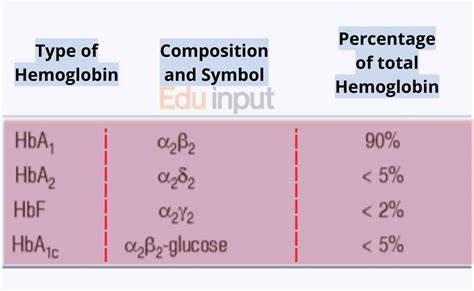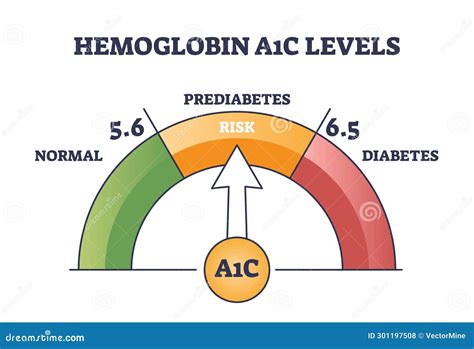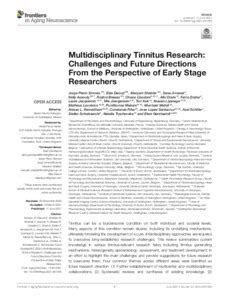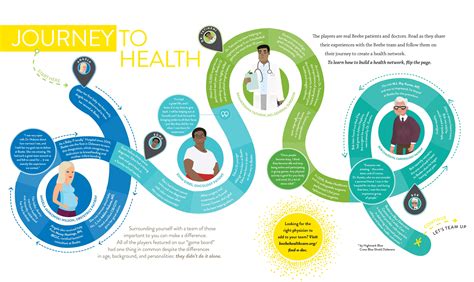Intro
Understanding Hemoglobin And A1c: Learn how HbA1c tests measure average blood sugar levels, managing diabetes through hemoglobin A1c monitoring, and maintaining healthy glucose control to prevent complications.
Hemoglobin and A1c are two crucial components in the realm of diabetes management and blood health. Understanding the role of hemoglobin in the body and how A1c levels reflect blood glucose control is essential for individuals with diabetes, as well as for those looking to maintain overall health. Hemoglobin, a protein in red blood cells, carries oxygen from the lungs to the rest of the body, while A1c, a form of hemoglobin, is bound to glucose and serves as a marker for average blood glucose levels over the preceding 3 months. This makes both hemoglobin and A1c vital indicators of health, with significant implications for diabetes diagnosis, management, and prevention of complications.
The importance of monitoring and managing hemoglobin and A1c levels cannot be overstated. For individuals with diabetes, keeping A1c levels within a target range can significantly reduce the risk of long-term complications, such as heart disease, kidney failure, and nerve damage. Moreover, understanding how diet, exercise, and medication can influence A1c levels empowers individuals to take an active role in their health management. Beyond diabetes, hemoglobin levels are a critical indicator of overall health, with abnormalities potentially signaling conditions such as anemia, a disorder characterized by a deficiency in the number or quality of red blood cells.
The interplay between hemoglobin, A1c, and overall health is complex and multifaceted. Hemoglobin's role in transporting oxygen is crucial for the proper functioning of tissues and organs. When glucose levels are high, as in diabetes, more glucose binds to hemoglobin, forming glycosylated hemoglobin or A1c. The percentage of A1c in the blood reflects average blood glucose levels over the past 2 to 3 months, making it a valuable tool for assessing diabetes control. This relationship highlights the significance of maintaining healthy blood glucose levels not only for preventing diabetes complications but also for ensuring the body's tissues and organs receive the oxygen they need to function properly.
Understanding Hemoglobin

Functions of Hemoglobin
The primary function of hemoglobin is oxygen transport. However, it also plays a role in maintaining the shape of red blood cells and facilitating the transport of carbon dioxide back to the lungs. The ability of hemoglobin to bind and release oxygen is influenced by factors such as pH, carbon dioxide levels, and temperature, allowing for efficient oxygen delivery to tissues with high metabolic rates.A1c: A Marker for Blood Glucose Control

A1c Levels and Diabetes Management
For individuals with diabetes, the American Diabetes Association recommends an A1c goal of less than 7% for most adults. Achieving and maintaining this goal can help prevent or delay the onset of diabetes complications. Factors that influence A1c levels include diet, physical activity, medication adherence, and the presence of other health conditions. Understanding how these factors impact A1c levels allows individuals to make informed decisions about their diabetes management.Factors Influencing Hemoglobin and A1c Levels

Diet and Hemoglobin/A1c
Diet plays a critical role in managing both hemoglobin and A1c levels. For individuals with iron deficiency anemia, increasing dietary iron through foods such as red meat, spinach, and fortified cereals can help improve hemoglobin levels. For A1c management, diets that are low in added sugars, saturated fats, and sodium, and high in fiber, fruits, vegetables, and whole grains, can help maintain healthy blood glucose levels.Complications Associated with Abnormal Hemoglobin and A1c Levels

Prevention and Management Strategies
Preventing and managing abnormalities in hemoglobin and A1c levels involves a combination of lifestyle modifications, regular health check-ups, and adherence to treatment plans. For hemoglobin, this may include dietary changes to address iron deficiency, while for A1c, strategies such as monitoring blood glucose, following a healthy diet, engaging in regular physical activity, and taking medications as prescribed can help maintain levels within a healthy range.Conclusion and Future Directions


As we continue to explore the intricacies of hemoglobin and A1c, it becomes increasingly clear that these components play a central role in maintaining health and preventing disease. By staying informed about the latest developments and research in this area, individuals can better navigate their health journeys and make informed decisions about their care.

In the realm of health and wellness, knowledge is power. By understanding the importance of hemoglobin and A1c, individuals can empower themselves to take control of their health, making informed decisions that lead to better outcomes and a higher quality of life.

We invite you to share your thoughts and experiences with managing hemoglobin and A1c levels. How have lifestyle changes or treatment plans impacted your health journey? Your insights can help others navigate their own paths to better health. Please comment below, and let's continue the conversation on the importance of hemoglobin and A1c in maintaining overall health and wellness.
What is the normal range for hemoglobin levels?
+Normal hemoglobin levels typically range from 13.5 to 17.5 grams per deciliter for men and 12 to 16 grams per deciliter for women, though these ranges can vary slightly depending on the laboratory and specific testing methods used.
How often should A1c levels be checked?
+A1c levels should be checked at least twice a year in individuals with stable diabetes control, but more frequently (every 3 months) in those with newly diagnosed diabetes, those who are not meeting their treatment goals, or those who are changing their treatment plan.
What factors can affect A1c test results?
+Several factors can affect A1c test results, including the presence of hemoglobin variants, red blood cell disorders, and conditions that affect red blood cell lifespan, as well as certain medications and nutritional deficiencies.
